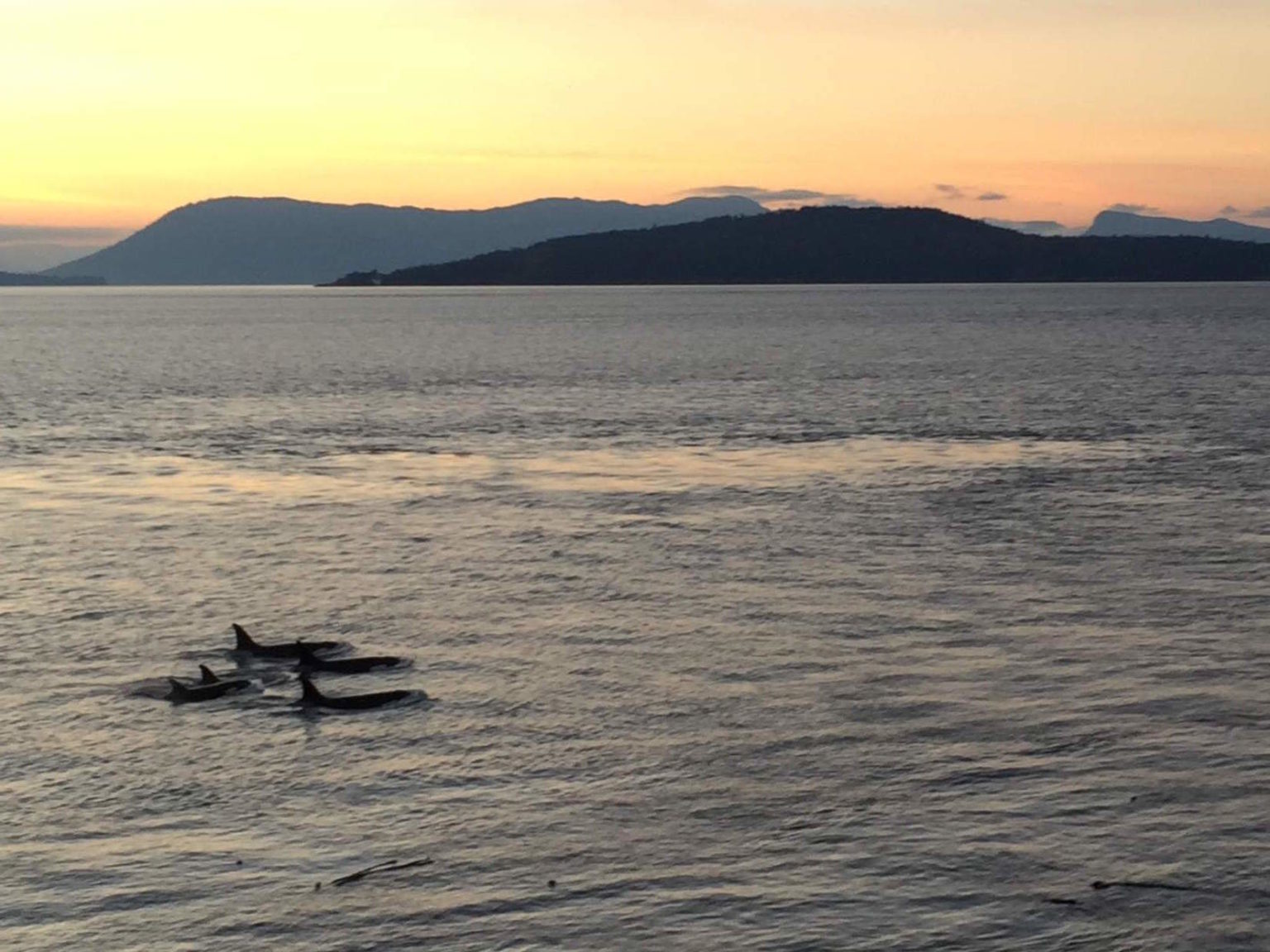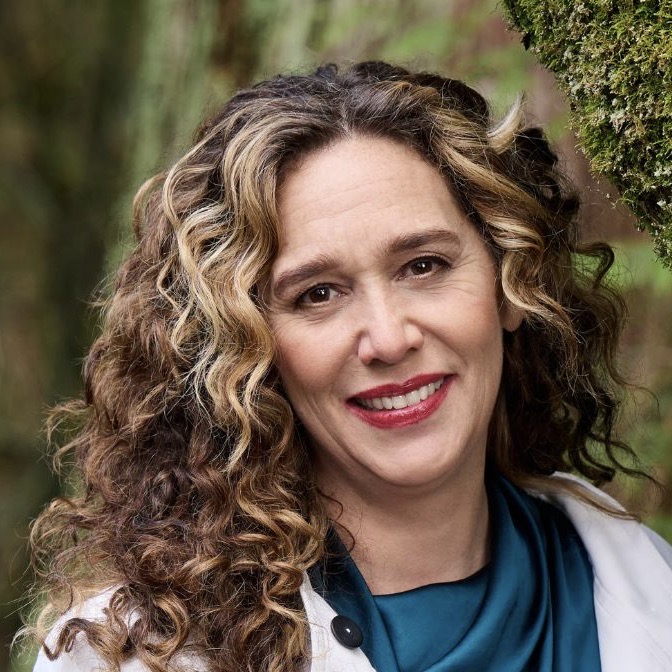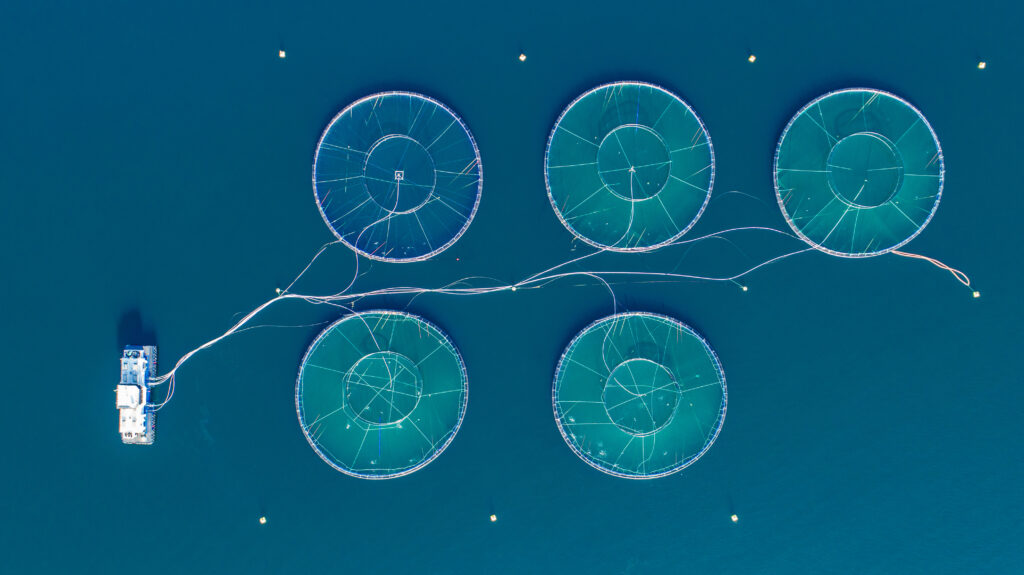I never thought I’d live to see an orca in the wild, a sobering prospect for someone in her 30s living in the Pacific Northwest. Or rather, I never thought the orcas would live long enough for me to see them in the wild.
I’m not talking about meeting just any orcas; I wanted to meet my orcas, the 74 remaining endangered Southern Residents who call the busy, steely blue waters of the Salish Sea their home.
In this corner of the cold Pacific Ocean spanning Washington and British Columbia, the Southern Resident orcas face more challenges than most, faring worse even than their nearby neighbors, the Northern Resident community, similar orcas who live similar salmon-eating lives farther north along the Pacific Coast.
My orcas, their bodies hold a lingering pollution, industrial chemicals long banned, that emerge from their fat stores on hungry days and sap their strength. Their past salmon feasts are long gone, for Chinook salmon are an endangered entrée, damned in part by decades of dams. Hungry days come more often.
My orcas, their heads echo with the tumultuous churn of ship traffic, carrying oil and plastics and us. If a pipeline expansion is built in Canada, more oil tankers will come more often.
And my orcas, their babies, if born at all, are born marked for death and their mothers grieve mightily in this matriarchal society.
But after 11 years of sharing my home with these endangered orcas, I finally saw them, seven or eight in all, young and old, their black dorsal fins like blades through the brine. Close enough to hear their breaths, I watched them circumnavigate the island where I stood, where I shrieked and raced to get a better view.
First, one, then two, and three and suddenly all the dark bodies broke the surface. They gave a collective exhale before descending beneath the waves again, a family holding their breaths together, as my friends and I held our breaths on shore. Perched on a hill next to a lighthouse, we watched them skirt a patch of bull kelp floating like an oil slick and watched their bodies’ movement smooth the surface, as if leaving their own slicks, in an impermanent path along a fluid highway.
The experience struck me with an incredible pureness of emotion, of awe and elation, a particular sense I’m not sure I’ve ever felt before, not in the presence of other majestic views or even other whales. I felt emptied of my daily struggles and buoyed, refilled with overwhelming wonder. We could hear their breaths; could they hear us, our cheers from shore? How many other unexpected fan clubs had these whales heard cry out to them?
These are endangered experiences, viewing endangered animals in the wild. If I never saw them again, or if somehow their population rebounds to future abundance, I knew I would never lose this precious sense of privilege, of witnessing these precious animals in this moment.
My companions that day shared this breathless glee, this communal sense that we had witnessed nothing short of magic in our far-flung corner of Washington’s San Juan Islands. We watched the massive cetaceans swim through the traditional territory of the Coast Salish peoples, and when in the presence of these animals, it’s easy to see why people here have long felt a special bond with them, a reverence, a kinship, a respect for the whales and the salmon they too love.
My fingers, stiff with cold, held tight to the binoculars, and I saw the orcas disappear in the distance, disappear with the sun. The very next morning I would watch a massive container ship and a race of countless sailboats follow their same path.
But in those borrowed moments with orcas living on borrowed time, I felt only love, my heart aglow with the setting sun, overwhelmed with an endangered sense of awe.
Main image: Southern Resident orcas swim through Haro Strait, past Washington’s San Juan Islands. Credit: Ashley Braun
Subscribe to our newsletter
Stay up to date with DeSmog news and alerts







